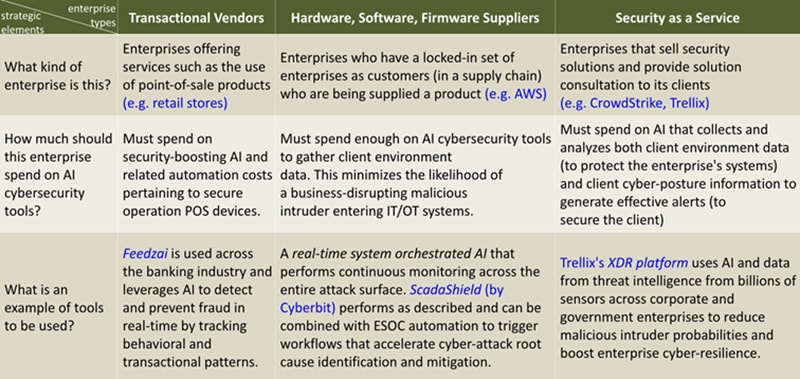
Why AI in cybersecurity needs to be part of business strategy to boost resilience
Enterprise cyber-attacks are evolving into market stressors hurting the Indian economy. Artificial Intelligence (AI) can alleviate these issues and improve cyber-resilience
 India ranks second in the world (as of 2022) when it comes to the number of data breach cyber-attacks on its enterprises and ranks 14th globally in average data breach costs, according to Surfshark.
Image: Shutterstock
India ranks second in the world (as of 2022) when it comes to the number of data breach cyber-attacks on its enterprises and ranks 14th globally in average data breach costs, according to Surfshark.
Image: Shutterstock
According to Surfshark, India ranks second in the world (as of 2022) when it comes to the number of data breach cyber-attacks on its enterprises and ranks 14th globally in average data breach costs. Here, the term 'data' refers to any information impacting an enterprise's effective business continuity (BC). More specifically, India's average data breach cost in 2022 amounted to a record high of Rs17.6 crore (approximately $2.2 million)—a 6.6 percent increase from Rs16.5 crore in 2021 and a 25 percent increase from Rs14 crore in 2020 (as reported by the IBM Security Data Breach Report of 2022 that analysed data breaches affecting more than 550 companies in India). Moreover, India's average per-record data breach cost reached an 11-year high of Rs6100—a 3.3 percent increase from Rs5900 in 2021 and a 10.4 percent increase from Rs5522 in 2020.
According to Viswanath Ramaswamy, the Vice President of IBM Technology Sales and IBM India/South Asia, "cyber-attacks are the biggest challenge to enterprise cyber-resilience in India". Ramaswamy also goes on to say that the three factors that majorly contribute to the (multi-party) costs incurred by companies due to data breach-related cyber-attacks are
- cloud migration of business processes,
- IoT and OT environment factors, and
- third-party (vendor/supplier) involvement,
Enterprise-Level Challenges to Boosting and Sustaining Cyber-Resilience
A major issue most IT/IoT-driven enterprises in India face today concerning sustaining enterprise cyber-resilience (i.e., maintaining BC of salient processes and components at a minimum acceptable service level) in the face of a fast expanding cyber-threat space is that it takes on average 280 days to detect and contain a breach (350 days if more than 50 percent of work of an organisation is done remotely) and 315 days on average to do the same for a malicious breach (based on IBM data from 500 enterprises during the period 2018-2020).In addition to this, less than 35 percent of cyber-security expertise slots are filled up, out of which some are entry-level security analysts who take time to develop the skills, confidence, and intuition to investigate data breach cyber-attacks.
[This article has been published with permission from IIM Calcutta. www.iimcal.ac.in Views expressed are personal.]








